Six of the 10 programme farms operate intensive bull beef finishing systems and have refined management to be as efficient as possible.
A huge factor affecting the profitability of bull systems is the level of concentrate feeding required, especially for spring-born animals, as the majority of lifetime weight gain comes during the housing period.
The traditional approach to finishing bulls is to go with ad-lib concentrates and straw. However, throughout the programme, the farmers have made use of high-quality silage to curtail the level of purchased concentrate used when finishing bulls.
In a well-managed system, high-quality silage can reduce concentrate feeding by 0.5t to 0.75t/head, which is a cost saving of £110 to £165 at current ration prices.
High-quality silage
For silage to have a role in finishing bulls, it must be highly digestible, with a D-value of 70% or better. There is no role for average-quality fodder in this system.
To achieve this, silage must be harvested before grass starts to head out, as there will be a higher percentage of digestible leaf present. Normally, cutting on the programme farms runs from mid- to late-May.
Such swards will naturally be high in energy and protein, boosting animal performance. Silage is also made from surplus grass on the grazing block during May and June. This grass tends to be baled. As such, these bales can be marked, stacked separately and targeted specifically to bulls.
Silage analysis
Last year, analysis of first-cut silage on the six farms finishing spring-born calves as bulls averaged 73.6% D-value, 11.8 ME (energy) and 13.9% crude protein. Individual silage ranged from a D-value of 76.43% on Mark Lewis’s farm down to 70.7% for Oliver McKenna.
In 2018, first-cut silage averaged 73.5% D-value, which reflects the level of consistency around grassland management on the programme farms.
Concentrate feeding
The usual feeding programme for spring-born bulls begins with creep-feeding in early autumn. This prepares animals for weaning and boosts weight gain, helping bulls meet their target housing weight of 300kg by late October.
This can start off at 1kg/day of a growing ration and can rise to 2kg/day during October. Once housed, bulls are typically fed 3kg/day along with silage during November, rising to 4kg/day of the growing ration during December.
By January, bulls move to 5kg/day and build up to 8kg/day by March. At this stage, bulls move from the growing ration to a high-energy finishing blend, with concentrate levels capped at 8kg/day until slaughter time.
Feed savings
In a traditional bull finishing system with concentrate fed on an ad-lib basis, animals can eat as much as 12kg to 14kg/day during the final weeks prior to slaughter.
Table 1 outlines an example of the potential savings that can be made by feeding high-quality silage and concentrate, compared with a traditional ad-lib system.
From the outlined example, there is a saving of just over 700kg concentrate worth £156. However, this is not the final saving in feed costs, as straw and silage costs have to be factored in.
Forage costs
Taking silage at £20/t and averaging 20kg/day, silage fed from housing on 20 October until slaughter on 1 June would see bulls consume 4.4t of fodder at a cost of £89/head. Combined with the concentrate used, total feed costs come to £390/head in option one.
In option two, taking an average of 2kg/day of straw at £80/t adds £35 to the concentrate cost, bringing total feed costs for this option to £492.
Total finishing costs
Under option one, which combines high-quality silage and concentrates, there is a cost saving of £102 per head, compared with the traditional ad-lib meal system and straw.
Given that ration costs have increased by £15 to £20/t from autumn to spring, and base quotes on cattle are down 10p to 14p/kg on the same month last year, any potential saving in finishing costs needs to be carefully explored.
Efficient management
While feed costs are a big part of bull finishing systems, they also require top-class management throughout the housing period to ensure animals perform to their potential.
Bulls are weighed regularly to ensure animals are covering daily feed costs.
Once the value of weight gain dips below feed costs, and bulls have an acceptable level of fat cover, they are loaded immediately, as it is uneconomic to continue feeding simply to increase carcase weight.
Comparing finishing
costs with steers
While bulls are more efficient than steers, there is a balancing point. Ideally, bulls should be born from February to late April and have a minimum housing weight of 300kg to have the best chance of covering finishing costs and leave a margin.
Later-born or lighter calves at housing may be better off being grazed for a second season, then finished at 21 to 22 months of age. Taking a group of late-born steers weighing 290kg at housing on 20 October and wintered on 2kg of concentrate (£220/t) and 25kg/day of silage (£20/t) until 1 April, wintering costs amount to £160.
At a daily weight gain of 0.6kg/day over the 162-day housing period, turnout weight is 387kg. Assuming a daily gain of 1kg/day from turnout until housing on 20 September brings the animal to 560kg. Finishing the steers over 100 days old on an average of 7kg/day of concentrate (£220/t) and 20kg/day of silage costs £194. Combined with the first winter, feed costs total £354/head. This is lower than the cost of finishing bulls, but the example assumes there is adequate grazing ground available, at low cost, to carry a group of steers.
Across the programme farms, a steer system suits those with an out-farm, or who do not want to calve any more suckler cows. However, a bull-beef enterprise allows farmers to maximise output from their land.
Read more
Farmer Writes: thoughts turn to silage
What is the optimum paddock size for cattle?
Six of the 10 programme farms operate intensive bull beef finishing systems and have refined management to be as efficient as possible.
A huge factor affecting the profitability of bull systems is the level of concentrate feeding required, especially for spring-born animals, as the majority of lifetime weight gain comes during the housing period.
The traditional approach to finishing bulls is to go with ad-lib concentrates and straw. However, throughout the programme, the farmers have made use of high-quality silage to curtail the level of purchased concentrate used when finishing bulls.
In a well-managed system, high-quality silage can reduce concentrate feeding by 0.5t to 0.75t/head, which is a cost saving of £110 to £165 at current ration prices.
High-quality silage
For silage to have a role in finishing bulls, it must be highly digestible, with a D-value of 70% or better. There is no role for average-quality fodder in this system.
To achieve this, silage must be harvested before grass starts to head out, as there will be a higher percentage of digestible leaf present. Normally, cutting on the programme farms runs from mid- to late-May.
Such swards will naturally be high in energy and protein, boosting animal performance. Silage is also made from surplus grass on the grazing block during May and June. This grass tends to be baled. As such, these bales can be marked, stacked separately and targeted specifically to bulls.
Silage analysis
Last year, analysis of first-cut silage on the six farms finishing spring-born calves as bulls averaged 73.6% D-value, 11.8 ME (energy) and 13.9% crude protein. Individual silage ranged from a D-value of 76.43% on Mark Lewis’s farm down to 70.7% for Oliver McKenna.
In 2018, first-cut silage averaged 73.5% D-value, which reflects the level of consistency around grassland management on the programme farms.
Concentrate feeding
The usual feeding programme for spring-born bulls begins with creep-feeding in early autumn. This prepares animals for weaning and boosts weight gain, helping bulls meet their target housing weight of 300kg by late October.
This can start off at 1kg/day of a growing ration and can rise to 2kg/day during October. Once housed, bulls are typically fed 3kg/day along with silage during November, rising to 4kg/day of the growing ration during December.
By January, bulls move to 5kg/day and build up to 8kg/day by March. At this stage, bulls move from the growing ration to a high-energy finishing blend, with concentrate levels capped at 8kg/day until slaughter time.
Feed savings
In a traditional bull finishing system with concentrate fed on an ad-lib basis, animals can eat as much as 12kg to 14kg/day during the final weeks prior to slaughter.
Table 1 outlines an example of the potential savings that can be made by feeding high-quality silage and concentrate, compared with a traditional ad-lib system.
From the outlined example, there is a saving of just over 700kg concentrate worth £156. However, this is not the final saving in feed costs, as straw and silage costs have to be factored in.
Forage costs
Taking silage at £20/t and averaging 20kg/day, silage fed from housing on 20 October until slaughter on 1 June would see bulls consume 4.4t of fodder at a cost of £89/head. Combined with the concentrate used, total feed costs come to £390/head in option one.
In option two, taking an average of 2kg/day of straw at £80/t adds £35 to the concentrate cost, bringing total feed costs for this option to £492.
Total finishing costs
Under option one, which combines high-quality silage and concentrates, there is a cost saving of £102 per head, compared with the traditional ad-lib meal system and straw.
Given that ration costs have increased by £15 to £20/t from autumn to spring, and base quotes on cattle are down 10p to 14p/kg on the same month last year, any potential saving in finishing costs needs to be carefully explored.
Efficient management
While feed costs are a big part of bull finishing systems, they also require top-class management throughout the housing period to ensure animals perform to their potential.
Bulls are weighed regularly to ensure animals are covering daily feed costs.
Once the value of weight gain dips below feed costs, and bulls have an acceptable level of fat cover, they are loaded immediately, as it is uneconomic to continue feeding simply to increase carcase weight.
Comparing finishing
costs with steers
While bulls are more efficient than steers, there is a balancing point. Ideally, bulls should be born from February to late April and have a minimum housing weight of 300kg to have the best chance of covering finishing costs and leave a margin.
Later-born or lighter calves at housing may be better off being grazed for a second season, then finished at 21 to 22 months of age. Taking a group of late-born steers weighing 290kg at housing on 20 October and wintered on 2kg of concentrate (£220/t) and 25kg/day of silage (£20/t) until 1 April, wintering costs amount to £160.
At a daily weight gain of 0.6kg/day over the 162-day housing period, turnout weight is 387kg. Assuming a daily gain of 1kg/day from turnout until housing on 20 September brings the animal to 560kg. Finishing the steers over 100 days old on an average of 7kg/day of concentrate (£220/t) and 20kg/day of silage costs £194. Combined with the first winter, feed costs total £354/head. This is lower than the cost of finishing bulls, but the example assumes there is adequate grazing ground available, at low cost, to carry a group of steers.
Across the programme farms, a steer system suits those with an out-farm, or who do not want to calve any more suckler cows. However, a bull-beef enterprise allows farmers to maximise output from their land.
Read more
Farmer Writes: thoughts turn to silage
What is the optimum paddock size for cattle?




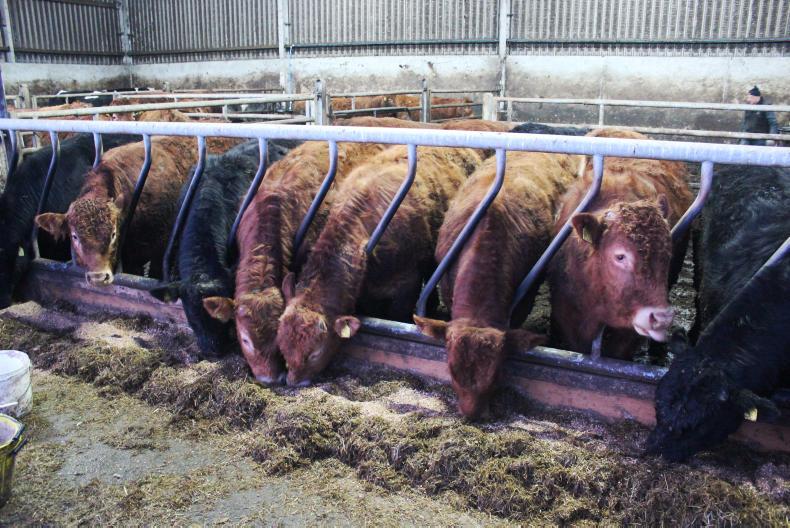
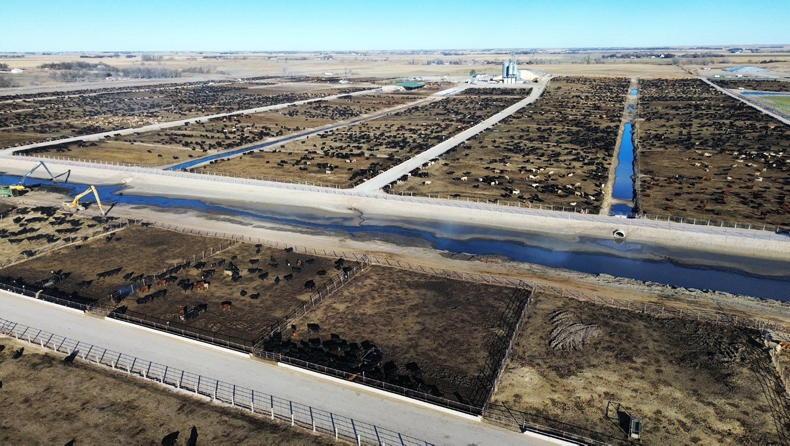

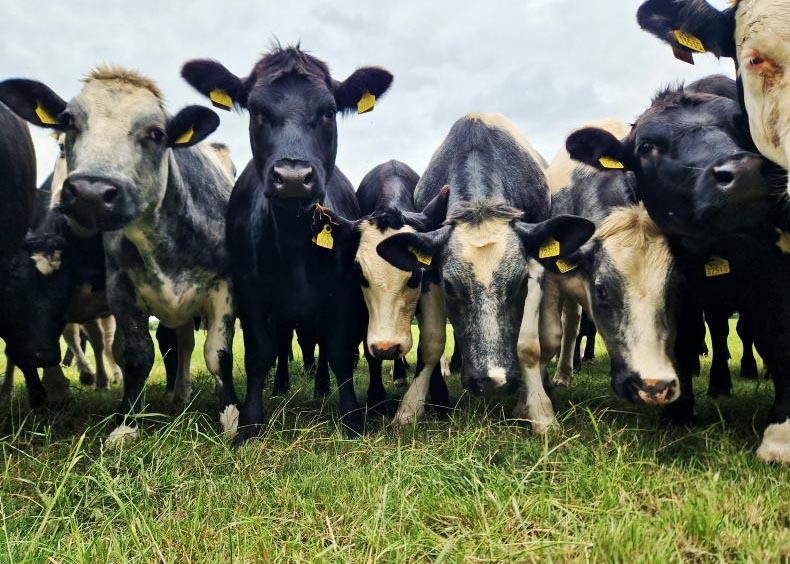
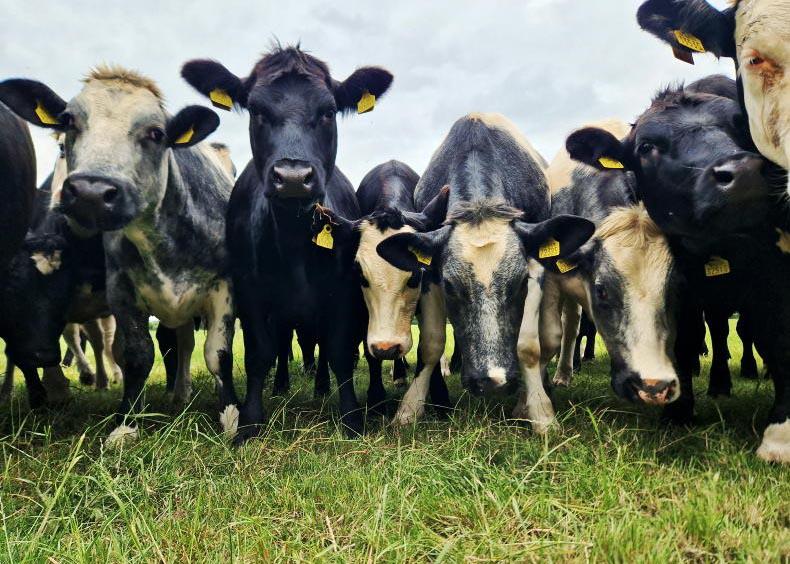
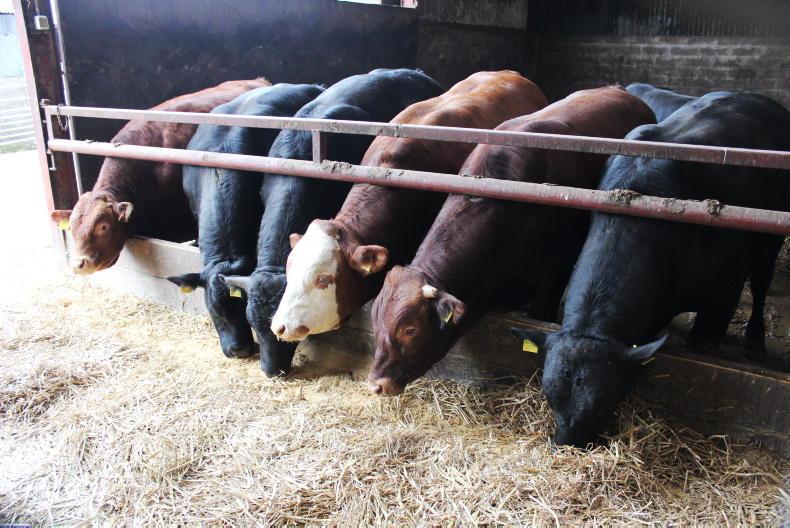
SHARING OPTIONS